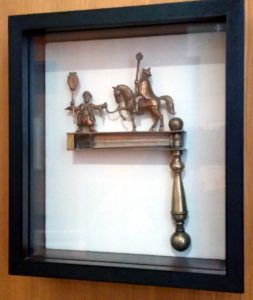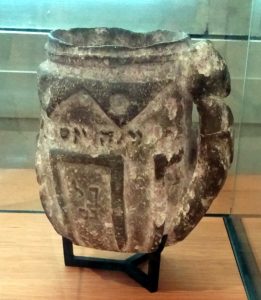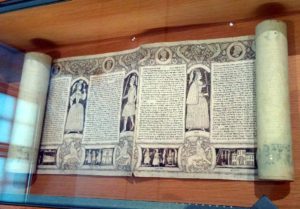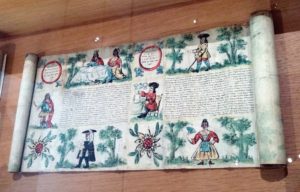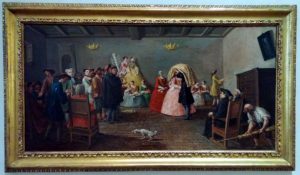Bar mitzvah ceremonies for boys have existed for hundreds of years. There were sporadic attempts to create comparable rituals for girls, but none had a lasting impact until the 1800s.
The main precursor to modern bat mitzvahs was the nineteenth-century annual Religious Initiations for girls, mainly in certain German and Italian synagogues, but also less commonly in other countries such as Poland. Today, the Between Wanderings blog explores these “proto-Bat Mitzvahs” through letters published in Italian Jewish magazines around 1900. They tell us much about attitudes towards women and gender, even in the relatively progressive temples that embraced these ceremonies.
Let’s start with the words of Emma Boghen Conigliani, a noted educator and literary scholar who belonged to the Jewish Temple of Modena, Italy. This letter appeared in the 1899 volume of Il vessillo israelitico, starting on page 185:

The Tempio Israelitico di Modena (Jewish Temple of Modena), built in 1873. [2008 photo by Dread83, distrib. under GNU Free Doc. License.]
For several years, a beautiful new female celebration has been brightening Jewish temples: the religious initiation of girls. This ceremony, held in Verona on the first day of Passover starting in 1844, was introduced in Modena a few years ago by our revered and devoted Rabbi, Mr. Giuseppe Cammeo. He is deservedly well regarded by our whole Congregation, which he has served excellently, instilling all the moral and religious values that are the hallmark of every good citizen.
Synagogues in Ferrara, Venice, Milan, Rome and Trieste followed this laudable example, and it would Continue reading →
